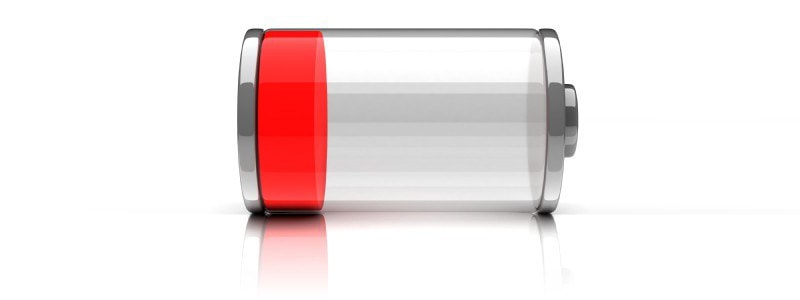Come one, you definitely have heard of this – let the battery run all the way down, and then you charge it back up to 100 percent. You probably still do something of the sort. Bad news people, That’s wrong. Just because someone does that, doesn’t mean it’s right. Let’s get to the beginning when we put a phone on the charger.
The first stage of charging.
When we first plug it in, we start what’s actually the first stage of charging. Constant current charging is, as the name suggests, a constant flow of power, back into your phone until it’s at about 70 percent.
Constant voltage charging
After that, your charger changes over to something called constant voltage charging. For this remaining 30 percent, the charger balances the voltage that’s going into the phone with what’s already there which means as the battery fills, the current slows down. By the time it’s at 100 percent, the only charge that’s going into the phone is a tiny trickle that’s the same percentage as whatever the battery is losing.
What does it mean to us? You can’t overcharge your phone. It also means that you don’t have to worry about overloading your battery. That’s good, because it’s been found that little trickle of battery juice is actually better for your battery than a 0-100 percent recharge. How much battery power you use between charges actually has a name – depth of discharge (DoD). Modern smartphone batteries don’t like large DoDs, and you’re much better off charging your phone a few times a day to top off the charge, instead of letting it run out completely.
Something you should know
- The average lifespan is between 500 and 1,500 charges.
- Regularly doing a 100 percent DoD can degrade your battery up to 70 percent in just 300 charge cycles. Yikes!
- If you average a 25 percent DoD (charge it when you hit 75 percent battery left, in other words), that same battery can live through 2,500 charges without any noticeable change in battery power.
Not too shabby, no?

